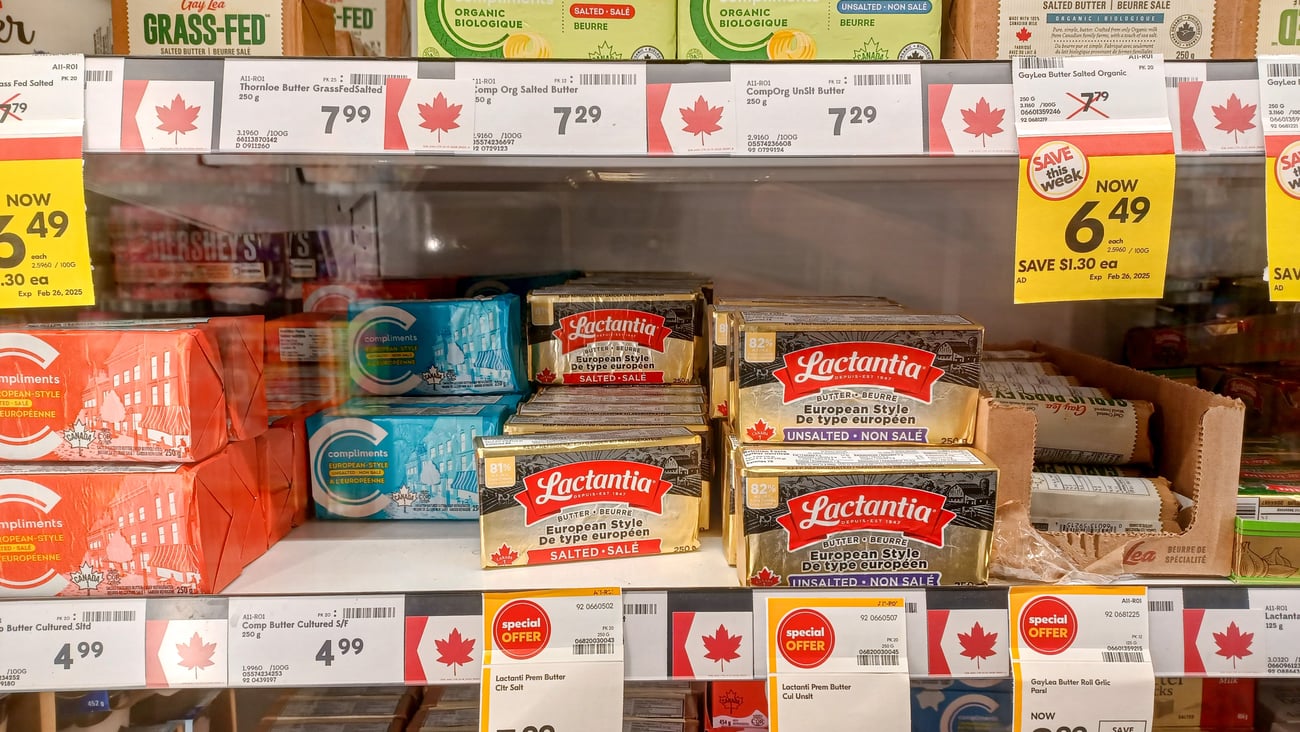Meat of the matter
Seven-and-a-half-billion people live on the
planet currently, and the United Nations forecasts that number will rise to 9.8 billion by 2050. The Earth is quickly becoming more crowded, increasing the strain on its resources.
The UN also estimates that 70% more food will be needed to feed the world’s population in 2050. Raising animals for meat is a relatively inefficient way to provide the calories needed for a growing population. Estimates suggest that 100 calories of grain is needed to yield three calories of beef. This taxes the planet’s resources, particularly fresh water and agricultural land.
With the spectre of climate change further straining our precious resources, the race is on to find more sustainable ways to feed the world.
One challenge to this goal is that consumers love meat. Eighty-two per cent of Canadians identify themselves as omnivores, with just 7% claiming to be vegetarian or vegan, according to findings from Mintel’s Meat Alternatives Canada 2018 report. It’s difficult to imagine four-fifths of consumers suddenly shunning meat for the sake of sustainability, particularly given that preference for meat ranks as the top reason for not using meat alternatives. The good news, however, is that just over half of Canadians claim to have eaten meat alternatives at one time or another, and innovators are also looking for ways that allow consumers to “have their meat and eat it too.”
When Canadians eat meat alternatives, it’s most likely to be a meatless burger. The ideal is to create a meatless burger that doesn’t taste like a meatless burger. There are two paths to achieving this: one is to use plant-based proteins, such as pea protein, and the second is to harvest cells from animals and grow meat in a lab. While this sounds like the stuff of science fiction, it’s not.
Impossible Foods has created The Impossible Burger, a plant-based burger that uses heme, an iron-containing compound, as its “magic ingredient.” While heme is present in plants, it’s abundant in meat and gives meat its smell, sizzle, bleed and taste, making The Impossible Burger comparable to meat-based burgers.
Memphis Meats, by contrast, grows its “cultured meat” in a lab. The process involves extracting cells (painlessly) from animals and then growing them. The real story is in how the process is becoming more cost effective. In 2013, Maastricht University in The Netherlands “grew” a five-ounce burger from cow shoulder stem cells at a cost of US$330,000. By 2021, Memphis Meats’ goal is to have lab grown meat commercially available.
Even with all of this innovation, the question remains: will consumers bite? Consumers cite a desire to “eat less meat overall” as a reason for consuming meat alternatives, and say “protein content,” “price,” “no artificial ingredients” and “meat-like flavours” are important to them. So, while considerations around animal welfare and the environment remain important, companies have to lead with what’s in it for the consumer.
What’s the future for meat alternatives? The simple fact is that while only 7% of Canadians claim to be vegetarians or vegans, over half of Canadians consume meatless products. This suggests that the true opportunity extends beyond those consumers who avoid meat to those who love meat. Meat alternatives that are indistinguishable from “real meat” stand the best chance of realizing the category’s potential.




